Understanding Minutes
In the context of time, a minute is a unit of measurement equal to 60 seconds. It is a fundamental unit of time and is used in various everyday activities such as scheduling, sports, cooking, and more. Understanding minutes is important for tasks such as time management, calculating durations, and working with schedules.
Key Concepts
- Definition: A minute is a unit of time equal to 60 seconds.
- Conversion: 1 minute = 60 seconds
- Notation: Minutes are commonly denoted using the abbreviation "min."
- Relationship to Hours: There are 60 minutes in 1 hour.
Study Guide
To master the concept of minutes, you can follow these steps:
- Understanding the Definition: Make sure you understand that a minute is a specific unit of time equal to 60 seconds. You can use a clock or a stopwatch to visualize and count the seconds within a minute.
- Conversion Practice: Practice converting minutes to seconds and vice versa. For example, calculate how many seconds are in 5 minutes, or how many minutes are in 300 seconds.
- Real-life Application: Look for real-life examples where minutes are used, such as in sports events, cooking times, or classroom activities. This will help you understand the practical significance of minutes in everyday scenarios.
- Timekeeping Skills: Practice reading and interpreting time using minutes on analog and digital clocks. This will help you become proficient in reading and understanding time in minutes.
By understanding the key concepts and following the study guide, you can develop a solid grasp of minutes and their significance in time measurement.
Remember, mastering the concept of minutes is essential for everyday time management and various academic and practical activities.
.◂Math Worksheets and Study Guides Fourth Grade. Calendar
Study Guide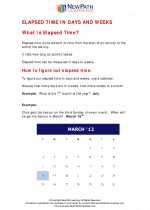 Calendar
Calendar  Activity Lesson
Activity Lesson Calendar Calculations
Calendar Calculations  Activity Lesson
Activity Lesson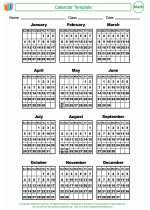 Calendar Template & Yearly Activities
Calendar Template & Yearly Activities  Activity Lesson
Activity Lesson February Calendar
February Calendar  Activity Lesson
Activity Lesson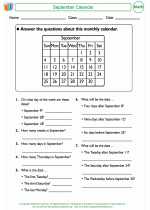 September Calendar
September Calendar  Activity Lesson
Activity Lesson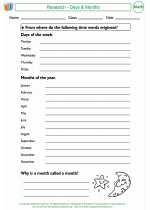 Research - Days & Months
Research - Days & Months  Activity Lesson
Activity Lesson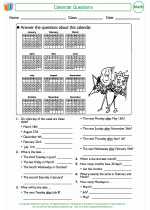 Calendar Questions
Calendar Questions  Worksheet/Answer key
Worksheet/Answer key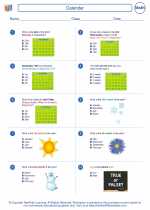 Calendar
Calendar  Worksheet/Answer key
Worksheet/Answer key Calendar
Calendar  Worksheet/Answer key
Worksheet/Answer key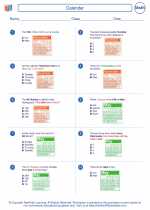 Calendar
Calendar 

 Activity Lesson
Activity Lesson
 Activity Lesson
Activity Lesson
 Activity Lesson
Activity Lesson
 Activity Lesson
Activity Lesson
 Activity Lesson
Activity Lesson
 Activity Lesson
Activity Lesson
 Worksheet/Answer key
Worksheet/Answer key
 Worksheet/Answer key
Worksheet/Answer key
 Worksheet/Answer key
Worksheet/Answer key

The resources above cover the following skills:
Knowledge of Measurement: Students will identify attributes, units, or systems of measurements or apply a variety of techniques, formulas, tools, or technology for determining measurements.
Applications in Measurement: Apply measurement concepts.
Determine start time, elapsed time and end time (Assessment limit: Use hour and half hour intervals).